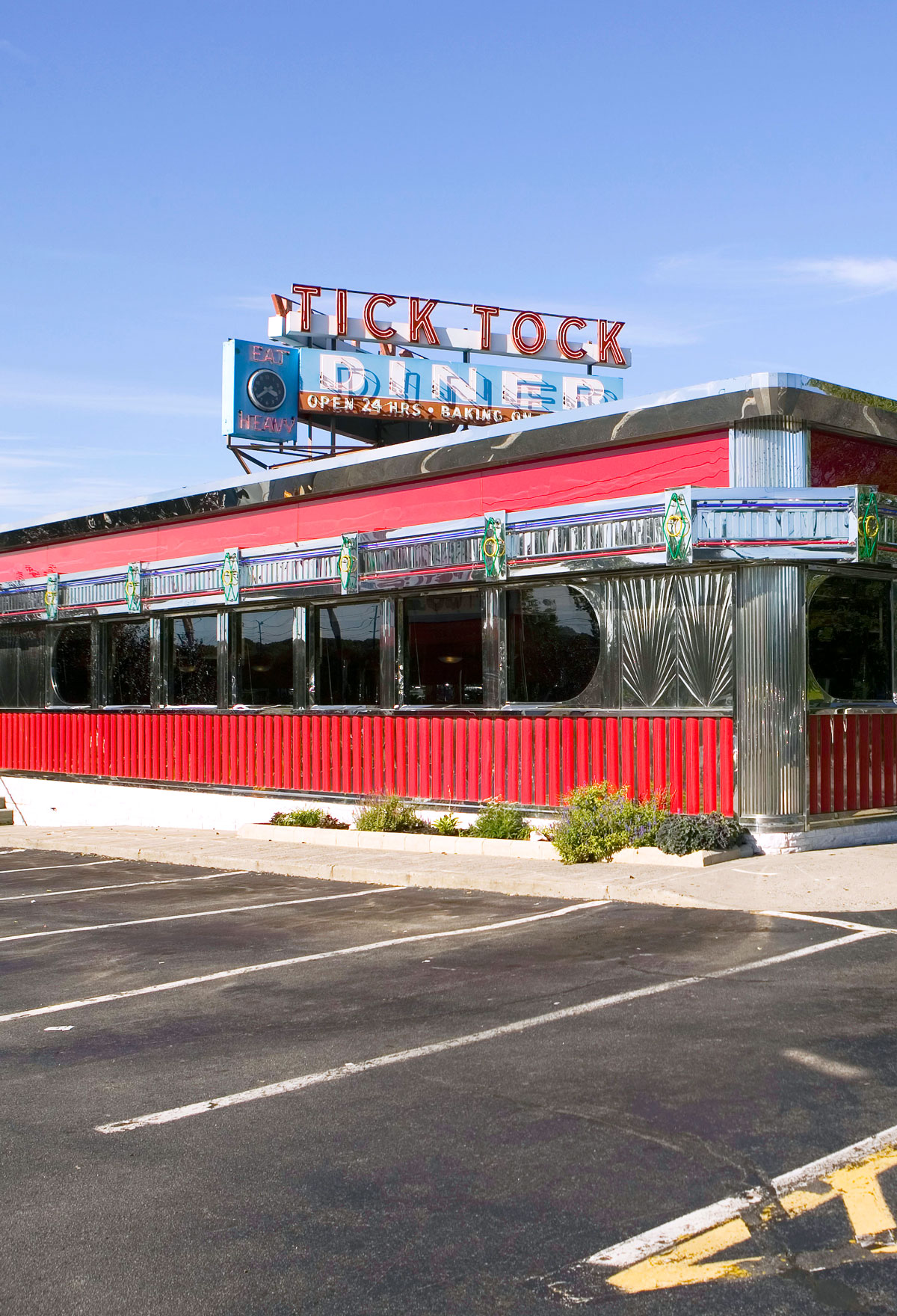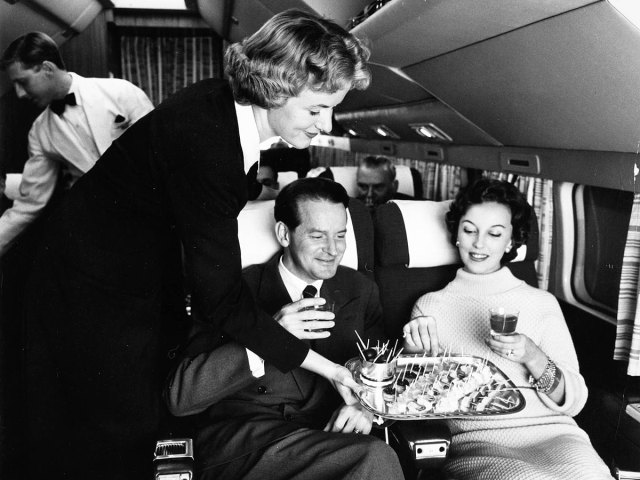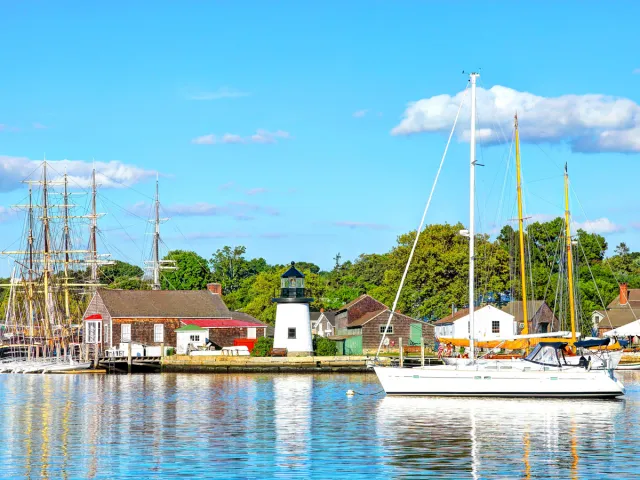Many food aficionados consider New Jersey to be the “Diner Capital of the World,” a reputation that first developed in the early part of the 20th century. But how did these casual eateries become such a predominant part of the Garden State’s culinary culture? In order to better understand this unique claim to fame, let’s go back and examine the early history of New Jersey diners and their continued prevalence today.
The Origins of New Jersey Diner Culture
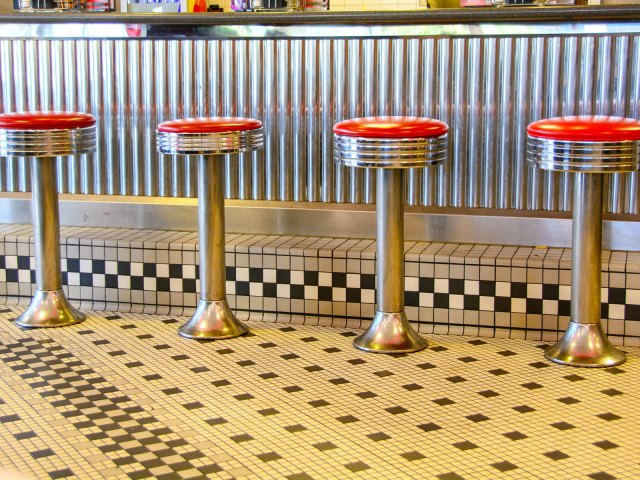
The history of the modern diner can be traced back to 1872, when a man named Walter Scott of Providence, Rhode Island, opened a portable horse-drawn wagon to sell food and drink to night-shift workers. While this establishment was more akin to a modern food cart, it inspired the creation of the first permanent diner around four decades later in New Jersey.
Before that, a lunch wagon craze took off across the Northeast. A Massachusetts man named T.H. Buckley began to manufacture food trucks en masse, and by 1898, he opened food wagons in 275 towns across the country. Many of these wagons featured elements that would later become associated with diners: late operating hours, stool seating along a countertop, and a narrow dining area, to name a few.
The concept made its way to New Jersey in 1912, when Bayonne resident Jerry O’Mahoney founded his namesake diner company, which revolutionized the industry. A year later, O’Mahoney opened a lunch wagon that, unlike its predecessors, was intended to remain stationary. Many food historians consider this to be the first true diner.
O’Mahoney’s company manufactured more than 2,000 prefabricated diners from 1917 to 1956, and diners began popping up in every corner of the Garden State. Despite remaining permanent, they retained many other elements that made portable lunch wagons so popular, such as countertop seats, cheap cuisine, and late hours.
A Rise in Popularity
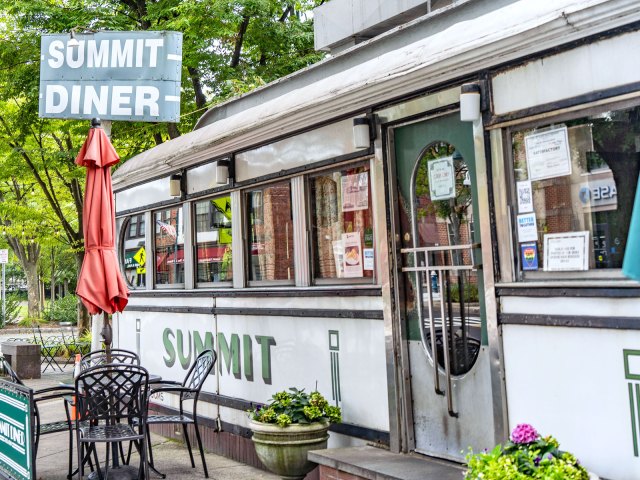
While O’Mahoney may have ushered in a new diner craze throughout New Jersey, there were other factors that led to diners becoming so popular and successful in the Garden State.
According to a Bon Appétit magazine interview with Mark Nonestied of the Low House Museum in New Jersey’s Middlesex County, one of these reasons is that New Jersey had a “very early, highly developed transportation system,” so many locals purchased private vehicles amid their rise in popularity throughout the 1910s and 1920s. Those drivers needed a place to stop and eat during their journeys, and diners began to open alongside roadways to cater to those needs.
Nonestied also attributes the early success of diners to the types of people who lived in New Jersey, explaining, “Initially, when diners became popular, they were places where working-class communities could get a good, cheap meal to eat at any time of the day. And New Jersey had a very diverse working-class population — and diners became that go-to place to get a good meal.”
Another important factor that contributed to New Jersey’s reputation as the “diner capital” has to do with the state’s booming diner manufacturing industry. According to the 2008 book Jersey Shore Food History, “From the 1920s to the 1980s, New Jersey had at least six and as many as 20 manufacturers churning out long, narrow, modular, railroad-style diners.” While the diners were then shipped across the country, they wouldn’t exist if not for New Jersey-based factories.
New Jersey Diners Today
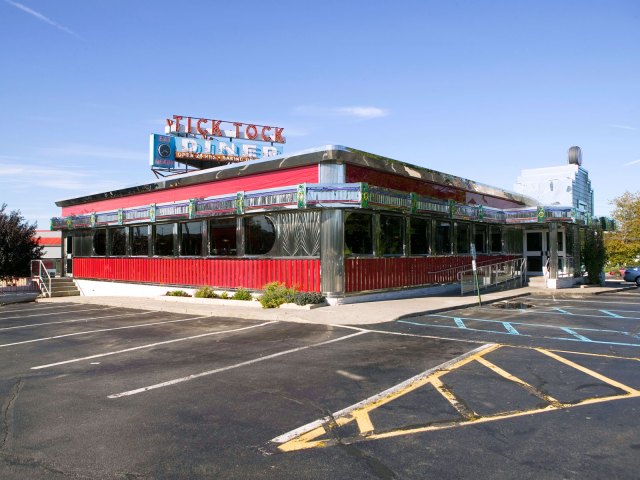
Diners remain an indelible part of New Jersey’s culinary culture, though sadly, many of these beloved eateries were forced to close amid the financial strain caused by the COVID-19 pandemic. According to an unofficial diner coalition, there were an estimated 600 diners in New Jersey in 2014, though the number has since dropped to roughly 450, as of late 2024. Still, this means that there’s one diner for every 20,000 New Jersey residents, which is more per capita than in any other state.
Historic New Jersey Diners Worth Visiting
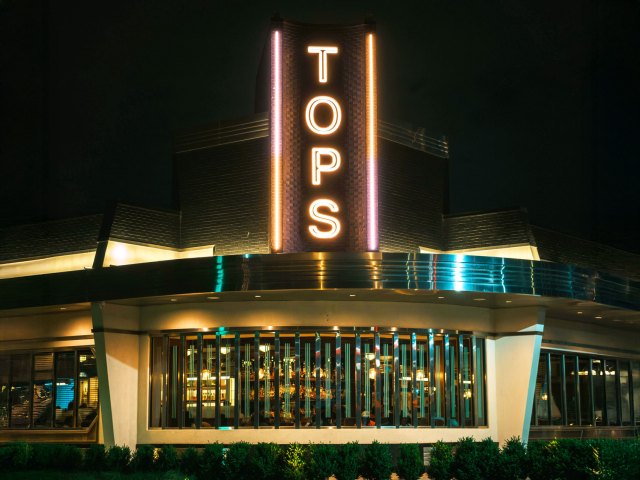
While the earliest New Jersey diners no longer exist, there are still many historic diners worth eating at throughout the state. The Dumont Crystal Diner of Bergen County was built sometime between 1928 and 1932, which makes it the oldest in the state, according to diner historian Richard J. S. Gutman.
The Summit Diner is another beloved institution, first opening in the town of Summit in 1929. A decade later, it moved into its current space, a metal-plated, railroad-style diner car created by O’Mahoney’s company. Legend has it that author Ernest Hemingway was once a regular patron of the Summit Diner.
If you’re a foodie, try Tops Diner in Harrison — many consider it to be the best in the state. It opened in 1942 and mixes retro design elements with modern-day comforts. There’s also Tick Tock Diner, another popular institution that opened in Clifton in 1948, which serves customers for 24 hours a day and is located right off Route 3. It maintains the brightly lit sign that has attracted New Jersey drivers for decades.
No matter where you are in New Jersey, you’re likely a short drive away from the nearest diner. The connection between New Jerseyans and their local diner is hard to match — just ask author Michael Gabriele, author of The History of Diners in New Jersey. In the book, he writes, “I’m sure people in other states love their diners, too. But it’s really more of our identity and our culture here in New Jersey. Diners have become such an important part of the culture, our economy, our food business, of our mythology.”
More from our network
Daily Passport is part of Inbox Studio, which publishes content that uplifts, informs, and inspires.






